Dheeraj sharma
best landscape lighting services
broward city, United States
Summary
Most sports stadiums and indoor arenas utilize high intensity discharge (HID) lamps for nearly all their overhead lighting requirements. Normally, stadium lights have higher wattage compared to other outside <p><a href="https://williamsamplelighting.com/">landscape lighting</a></p> programs such as billboards, roadways, and parking lots. Even though HID lamps are extremely efficient, they need considerable time to heat up and attain whole brightness after being extinguished. This attribute contributed to the period of the delay in last Sunday's Super Bowl game following a power disturbance knocked out a number of the scene lighting at the Superdome.
Languages:
English
Favorite Python Packages:
This attribute contributed to the period of the delay in last Sunday's Super Bowl game following a power disturbance knocked out a number of the scene lighting at the Superdome.
Experience
Most sports stadiums and indoor arenas use high intensity discharge (HID) lamps for almost all their overhead lighting needs. Normally, stadium lights have higher wattage compared to other outdoor lighting applications such as billboards, roadways, and parking lots. Even though HID lamps are extremely efficient, they need considerable time to heat up and achieve whole brightness after being extinguished. This characteristic contributed to the length of the delay in last Sunday's Super Bowl game after a power disturbance knocked out some of the stadium lighting in the Superdome.
Based on some 2012 U.S. Department of Energy (DOE) study, 17% of U.S. lighting energy intake is used outside, and 83 percent of outdoor lighting intake comes from HID lamps. Unlike other lighting types, which may be located in a vast range of applications, HID lamps are usually limited to outside, warehouse, and industrial usage because of their high levels of light output.
For instance, a 60-watt incandescent lamp (or an equivalent compact fluorescent having only about 14 watts) will create approximately 800 lumens of light output per lamp. Most residential and commercial uses only require each lamp to provide lighting levels in the assortment of approximately 800 to 4,000 lumens per lamp, but HID lamps can offer more than 15,000 lumens per lamp, making them suitable for places like sports stadiums, factories, and warehouses, in which large areas need a lot of light. Other light types, like light-emitting diode (LED), incandescent, and halogen lamps, are used in programs like signs, signage, and other overall illumination.
High levels of light output take a good deal of energy. However, HID lights are all about as efficient, if not more effective, than other lighting forms on a lumens-per-watt basis. As seen below, HID lights provide 75 lumens of light per watt--which makes them more effective than some other lighting types that are also used in outdoor applications.
One disadvantage of high intensity discharge lights is their lengthy warm-up and restrike times. As a large number of viewers witnessed, last Sunday's Super Bowl had a 34-minute outage. The New Orleans Superdome utilizes metal halide lights, a kind of HID lamp, as its principal overhead lighting from the arena. After the power outage during the Super Bowl, it took several minutes for power to be restored and then more time for the lights to restrike, or achieve full brightness after being extinguished. Due to how the lamps operate, restrike times tend to be longer than first warm-up days and can take 5-20 minutes to reach 90% brightness. According to the Lighting Research Center at Rensselaer Polytechnic Institute, some Kinds of metal halide HID lamps use another starting mechanism that may cut warm-up down times to 1-4 minutes and restrike times to 2-8 moment

